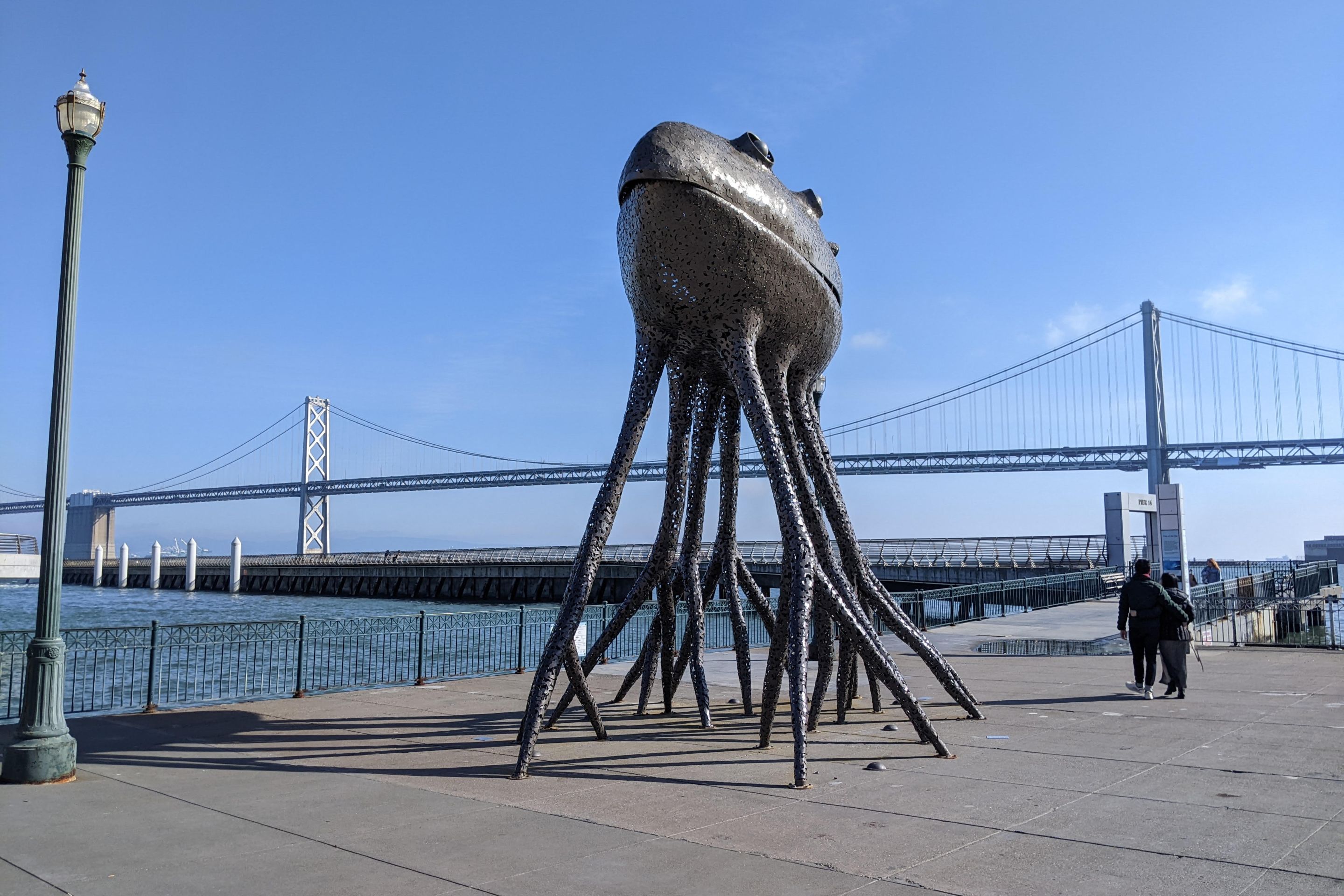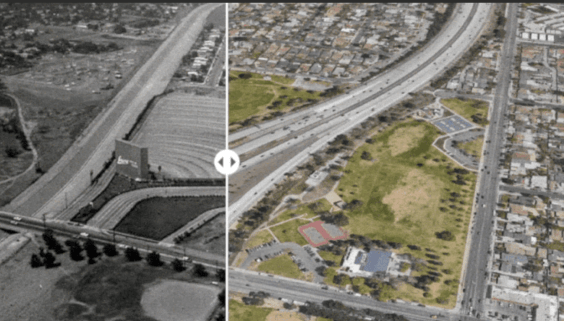
As Streetsblog San Francisco reported last month, cities around the world have timed their traffic signals to favor slower moving modes, and now San Francisco has started a trial on one of the busiest bicycle routes in the city, Valencia Street.
On Thursday February 19th, the MTA re-timed six traffic signals from 16th to 21st, a pilot for a few weeks that will enable the agency to gauge the real-world impacts of reduced speeds on traffic flow.
The main goal is to improve vehicle flow and calm traffic to prevent energy intensive starting and stopping. The slower synchronized timing will also likely prove to be a great convenience to cyclists along the route.
Motorists are already seeing a benefit. Initial studies show
the re-timed signals improve overall travel time by more than a minute during peak commute hours.
Additionally, motorists will save gas and reduce pollution if they
drive at a steady 15 mph pace.
In 2002, Portland, Oregon implemented a citywide traffic signal optimization project,
which saves motorists over 1,750,000 gallons of gas and 15,460 tons of
CO2 each year. It cost $533,000, paid for by the Climate Trust of Oregon carbon offset program. The majority of streets in downtown Portland are timed at 12-15 mph for pedestrian safety and optimal traffic flow.
 UK DOT statistics on vehicle/pedestrian collisions
UK DOT statistics on vehicle/pedestrian collisionsIn Amsterdam,
both trams and buses save time from signal re-timing. On average
trams move 1.5 minutes faster and buses 3 minutes faster.
This is expected to benefit pedestrians as well. Studies show
the severity of pedestrian
injuries in crashes with cars increases exponentially with only slight
increases in vehicle speed. Pedestrians face a 5 percent chance of
dying when hit by a vehicle traveling 20 mph, though that figure jumps
to 45 percent for a vehicle going 30
mph and 85 percent at 40 mph.
Flickr Photo: pbo31





